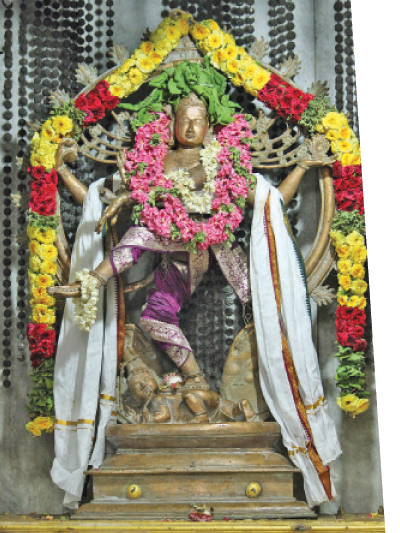OP
OP
swathi25
Guest
[TABLE="width: 501"]
[TR]
[TD][TABLE="width: 501, align: center"]
[TR]
[TD]When Madras went on the AIR
[/TD]
[/TR]
[TR]
[TD](Excerpts from an article by S. Sankaranarayanan)

[/TD]
[/TR]
[/TABLE]
[/TD]
[/TR]
[TR]
[TD][TABLE="width: 501, align: center"]
[TR]
[TD][/TD]
[/TR]
[/TABLE]
[/TD]
[/TR]
[/TABLE]
The first regular broadcasting station in the world is believed to have opened in Pittsburgh, USA, in 1920. In England, programmes were successfully broadcast by the Marconi Co. from Chelmsford on February 23, 1920. In November 1922, the BBC, with John Reith as its managing director, went on the air with regular programmes.
The Madras Presidency Radio Club was formed less than two years later, on May 16, 1924, by a group of dedicated amateurs led by C.V. Krishnaswamy Chetty. It broadcast daily programmes from July 31, 1924, using a 40 watt transmitter. It was later replaced by a 200 watt one, with which a 2½ hour programme of music and talks was broadcast every evening (with a special morning transmission on Sundays and holidays). The Club was located in Holloway’s Garden, Egmore.
When it had to close down in October 1927 due to financial difficulties, the transmitter was presented to the Madras Corporation which launched a regular service on April 1, 1930 from Ripon Building. The Corporation Radio Station broadcast entertainment programmes every day between 5.30 and 7.30 p.m. In addition, it also aired music lessons and stories from 4 to 4.30 p.m. for children on school days. ‘Gramophone music’ was broadcast from 10 to 11 a.m. on Sundays and holidays, and ‘European music’ on one Monday every month from 5.30 to 7.30 p.m.
Read more at: http://madrasmusings.com/Vol 22 No 6/when-madras-went-on-the-air.html
[TR]
[TD][TABLE="width: 501, align: center"]
[TR]
[TD]When Madras went on the AIR
[/TD]
[/TR]
[TR]
[TD](Excerpts from an article by S. Sankaranarayanan)

[/TD]
[/TR]
[/TABLE]
[/TD]
[/TR]
[TR]
[TD][TABLE="width: 501, align: center"]
[TR]
[TD][/TD]
[/TR]
[/TABLE]
[/TD]
[/TR]
[/TABLE]
The first regular broadcasting station in the world is believed to have opened in Pittsburgh, USA, in 1920. In England, programmes were successfully broadcast by the Marconi Co. from Chelmsford on February 23, 1920. In November 1922, the BBC, with John Reith as its managing director, went on the air with regular programmes.
The Madras Presidency Radio Club was formed less than two years later, on May 16, 1924, by a group of dedicated amateurs led by C.V. Krishnaswamy Chetty. It broadcast daily programmes from July 31, 1924, using a 40 watt transmitter. It was later replaced by a 200 watt one, with which a 2½ hour programme of music and talks was broadcast every evening (with a special morning transmission on Sundays and holidays). The Club was located in Holloway’s Garden, Egmore.
When it had to close down in October 1927 due to financial difficulties, the transmitter was presented to the Madras Corporation which launched a regular service on April 1, 1930 from Ripon Building. The Corporation Radio Station broadcast entertainment programmes every day between 5.30 and 7.30 p.m. In addition, it also aired music lessons and stories from 4 to 4.30 p.m. for children on school days. ‘Gramophone music’ was broadcast from 10 to 11 a.m. on Sundays and holidays, and ‘European music’ on one Monday every month from 5.30 to 7.30 p.m.
Read more at: http://madrasmusings.com/Vol 22 No 6/when-madras-went-on-the-air.html












